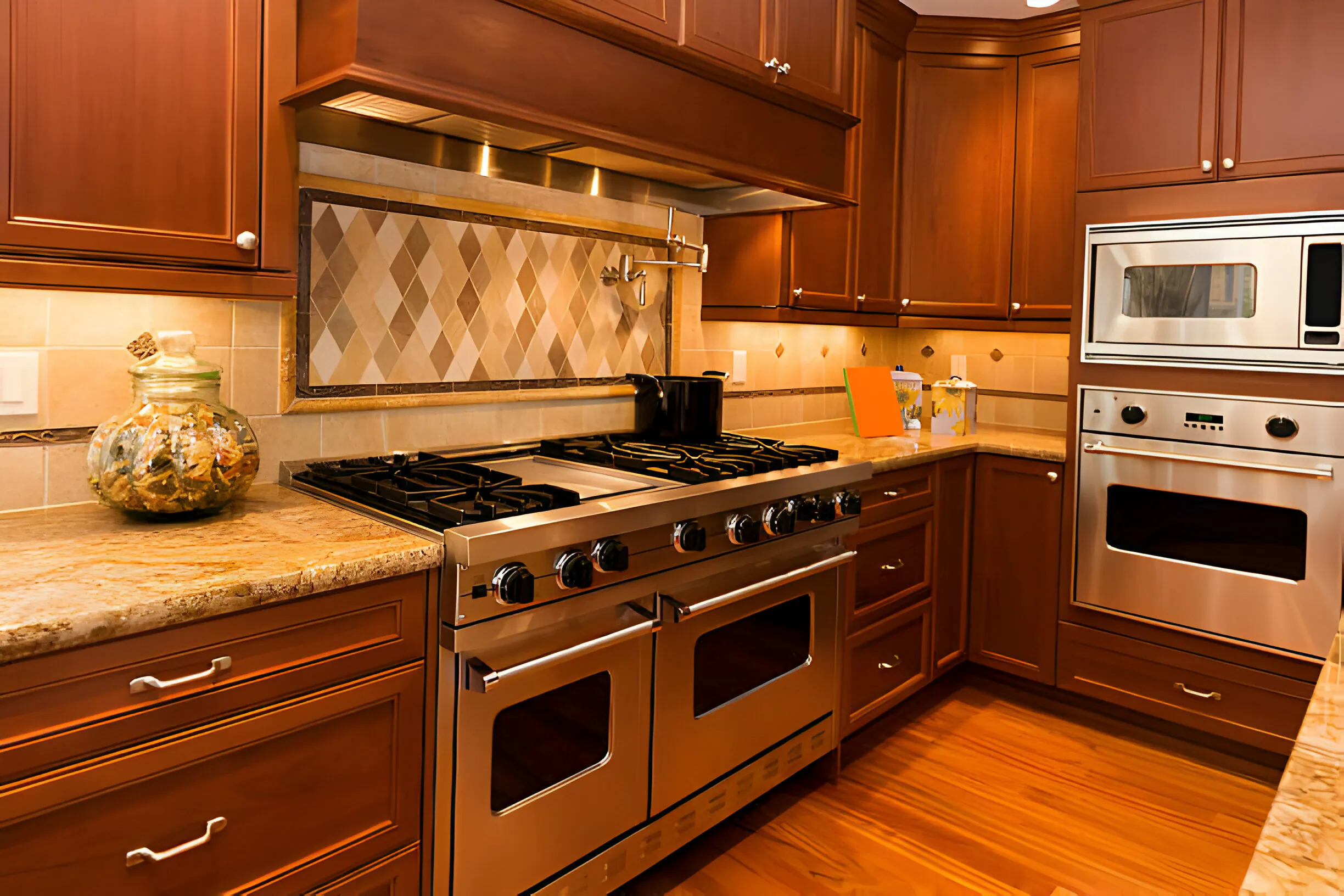
How to Remove Stubborn Stains from Wood Floors?Complete Guidence
Dealing with stubborn stains on your hardwood floors can be daunting, but fear not! With the right techniques and a bit of elbow grease, you can restore your floors to their former glory. Whether you’re facing water rings, dark stains, or other blemishes, this comprehensive guide will walk you through the process step by step. From gentle cleaning solutions to more abrasive methods, we’ll cover everything you need to know to tackle even the toughest stains. Say goodbye to unsightly marks and hello to pristine hardwood floors that you can be proud of. Assessing the Stain: Before diving into the stain removal process, it’s essential to assess the type and severity of the stain. Different stains may require different approaches, so take a moment to examine the affected area closely. Look for clues such as the color and texture of the stain, as well as any accompanying odors. Preparing Your Tools and Materials: Gather all the necessary tools and materials before you begin. Depending on the type of stain and your preferred removal method, you may need items such as white vinegar, baking soda, hydrogen peroxide, steel wool, sandpaper, and mineral spirits. Having everything on hand will help streamline the process and ensure you’re prepared for any challenges that may arise. Applying Gentle Cleaning Solutions: For surface-level stains and water rings, start by applying a gentle cleaning solution. Mix equal parts white vinegar and warm water, then dampen a clean cloth or sponge with the solution. Gently rub the stained area in a circular motion, being careful not to scrub too hard and damage the wood. Using Abrasive Techniques: For tougher stains that resist gentle cleaning methods, it may be necessary to use more abrasive techniques. Consider using a paste made from baking soda and water, applied with a soft cloth or sponge. Alternatively, try rubbing the stain with fine-grade steel wool, taking care to work in the direction of the wood grain to avoid scratching. Specialty Products and Rejuvenators: If traditional cleaning methods fail to remove the stain, consider using specialty products designed specifically for hardwood floors. Rejuvenators can penetrate deep into the wood to lift stubborn stains without damaging the finish. Follow the manufacturer’s instructions carefully and be sure to test the product in an inconspicuous area before applying it to the entire floor. Sanding and Refinishing: In extreme cases where the stain is deeply embedded in the wood, sanding and refinishing may be the only option. This process involves sanding down the affected area to remove the stained wood and then applying a fresh coat of finish to restore the floor’s appearance. While more labor-intensive, sanding and refinishing can produce dramatic results for heavily damaged floors. Sealing and Waxing: Once the stain has been successfully removed, it’s important to seal and wax the floor to protect it from future damage. Apply a high-quality sealant and wax according to the manufacturer’s instructions, ensuring thorough coverage and even application. Allow the floor to dry completely before walking on it or placing furniture back in the room. Conclusion: Removing stubborn stains from wood floors may seem like a daunting task, but with the right techniques and a little patience, you can achieve beautiful results. By assessing the stain, preparing your tools and materials, and using a combination of gentle cleaning solutions and abrasive techniques, you can restore your hardwood floors to their former glory. Whether you’re dealing with water rings, dark stains, or other blemishes, follow these steps to say goodbye to unsightly marks and hello to pristine hardwood floors that you can be proud of. For more information click here Frequently Asked Questions (FAQs) Can I use bleach to remove stains from wood floors? Yes, you can use bleach to remove dark water stains, but be cautious as it may lighten the wood and require resealing. Is hydrogen peroxide safe for removing stains on wood floors? While hydrogen peroxide can lighten stains, it may also affect the floor’s finish, so use it sparingly. Will vinegar and baking soda remove all types of stains from wood floors? Vinegar and baking soda may work for some stains, but not all. They are most effective for surface-level stains. Can I use Bar Keeper’s Friend on all types of wood floors? Bar Keeper’s Friend is effective for many stains, but it’s abrasive, so test it on a small area first. Is Nature’s Miracle safe for all types of wood floors? Nature’s Miracle may not work for all stains, and it’s essential to check its compatibility with your floor type before use.




